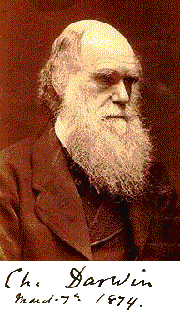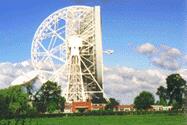|
The American Meteor Society : Offers a wealth of lore on meteors for both professionals and amateur sky watchers. There are great photographs, logs of meteor activity, primers on observing, and forms for reporting sightings--both ordinary meteors and the especially bright ones called fireballs.
NEMS Meteorites & Planetary Science : Meteorites falling from the heavens have mystified people for thousands of years, but it is only within the past two hundred years that scientists have come to accept the fact that stones do indeed fall from the sky and that they represent fragments of other bodies in our solar system.
Dweir's Meteorite Studies :
A Systematic Classification Through Photographs
Mars Meteorites (JPL) :
Of the 20,000 or so meteorites that have been discovered on Earth, only 15 have been identified as originating from the planet Mars.
Near-Live Leonid Watching System :
What are the Leonids, Image Library, Photographing the Leonids, Latest News & Links
Canadian Meteorite Catalogue : About 60 meteorites have been found in Canada, including Tagish Lake; fragments from a fireball over the Yukon (January 2025) may be the most primitive meteorite ever identified. The Provincial Museum of Alberta describes where and how each of the country's meteorites was discovered.
Asteroid Comet Impact Hazards: For the true odds that a killer space rock will pummel the planet, check out this site from NASA's Ames Research Center focusing on efforts to spot near-Earth objects before it's too late.
|
|
Astronomy Resources on the Internet : A collection by the AstroWeb Consortium.
Students for the Exploration and Development of Space : is an independent, student-based organization which promotes the exploration and development of space. Rocketry, telescope and astronomy information.
Annotated List of Physics Resoures on the WWW : The Physics-Astronomy-Mathematics (PAM) division of the Special Libraries Association provides links to physics resources organized around the following areas: people, professional societies, institutions, reference, eprints, and pathfinders.
The NASA Astrophysics Data System :
The Astrophysics Data System (ADS) is a NASA-funded project whose main resource is an Abstract Service, which includes four sets of abstracts: 1) astronomy and astrophysics, containing 588,077 abstracts; 2) instrumentation, containing 583,495 abstracts; 3) physics and geophysics, containing 902,745 abstracts; and 4) Los Alamos preprint server, containing 3,819 abstracts. Each dataset can be searched by author, object name (astronomy only), title, or abstract text words.
The Physics of Microwave Background Anisotropies
Cosmic microwave background anisotropies provide a vast amount of cosmological information. Their full physical content and detailed structure can be understood in a simple and intuitive fashion through a systematic investigation of individual mechanisms for anisotropy formation. Beginner through Advanced presentations.
HEASARC :
High Energy Astrophysics Science Archive Research Center is a source of gamma-ray, X-ray, and extreme ultraviolet observations of cosmic (non-solar) sources. This site provides access to archival data, associated analysis software, documentation, expertise in how to use them, as well as relevant educational and outreach material.
|




